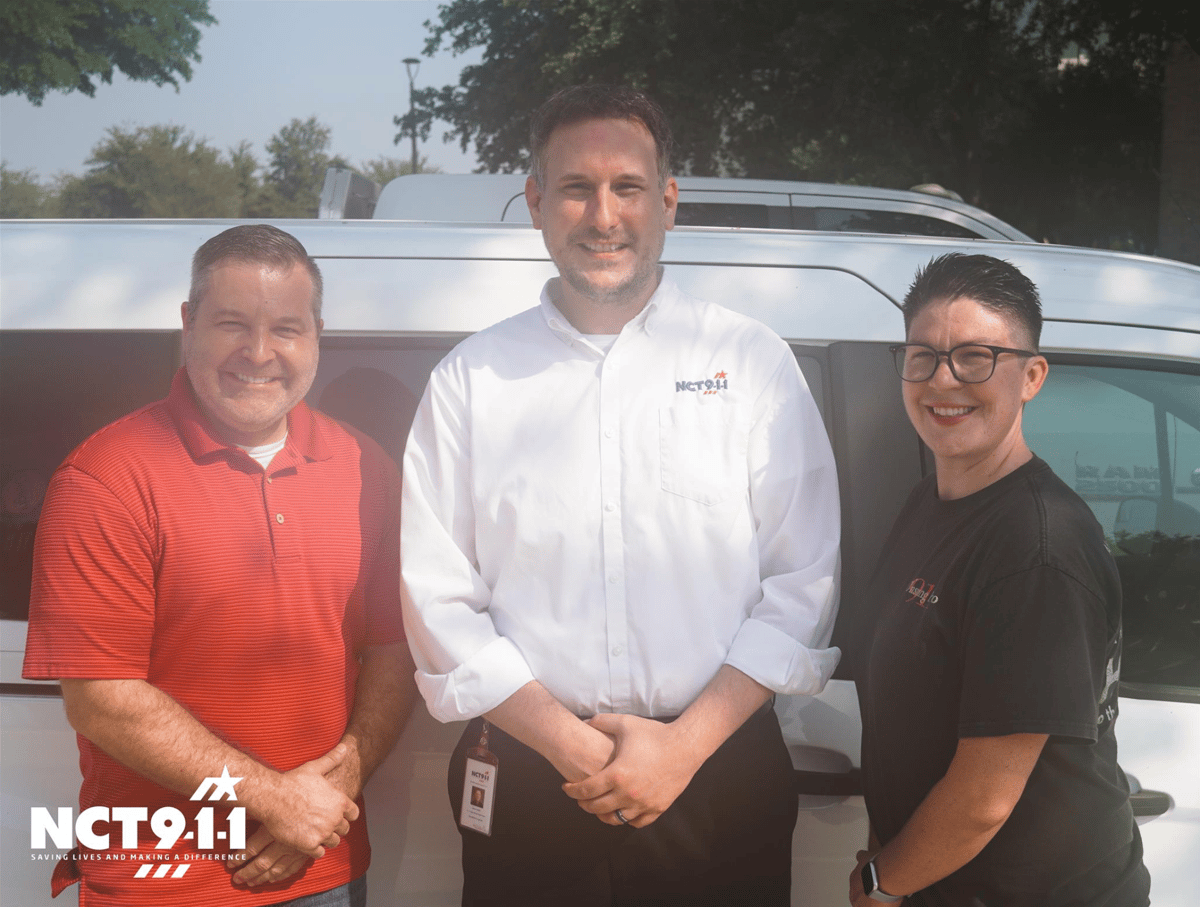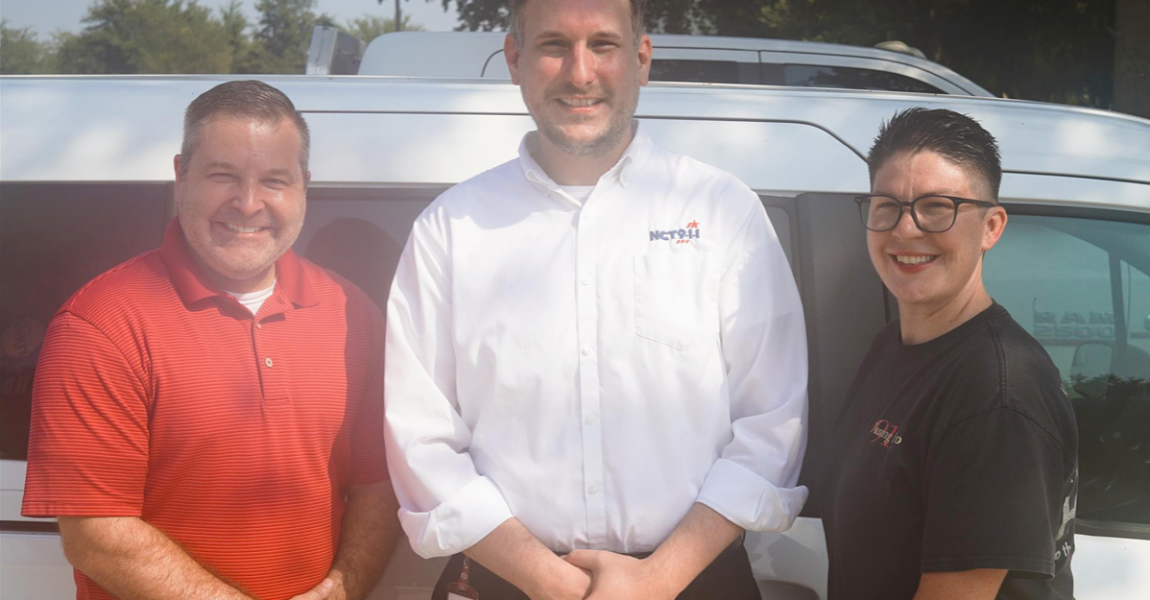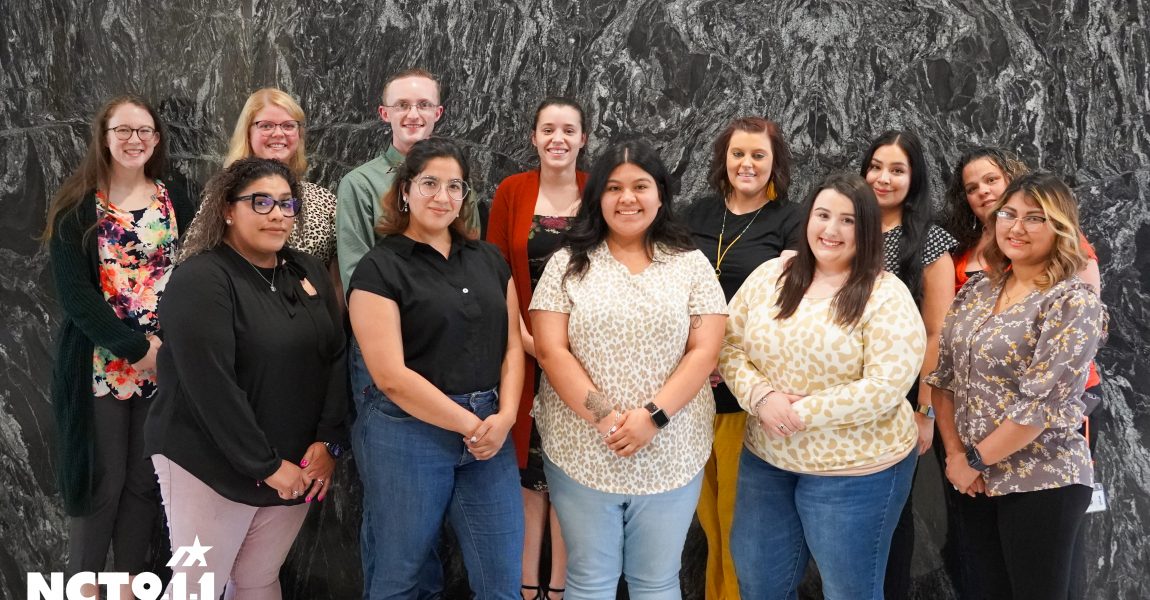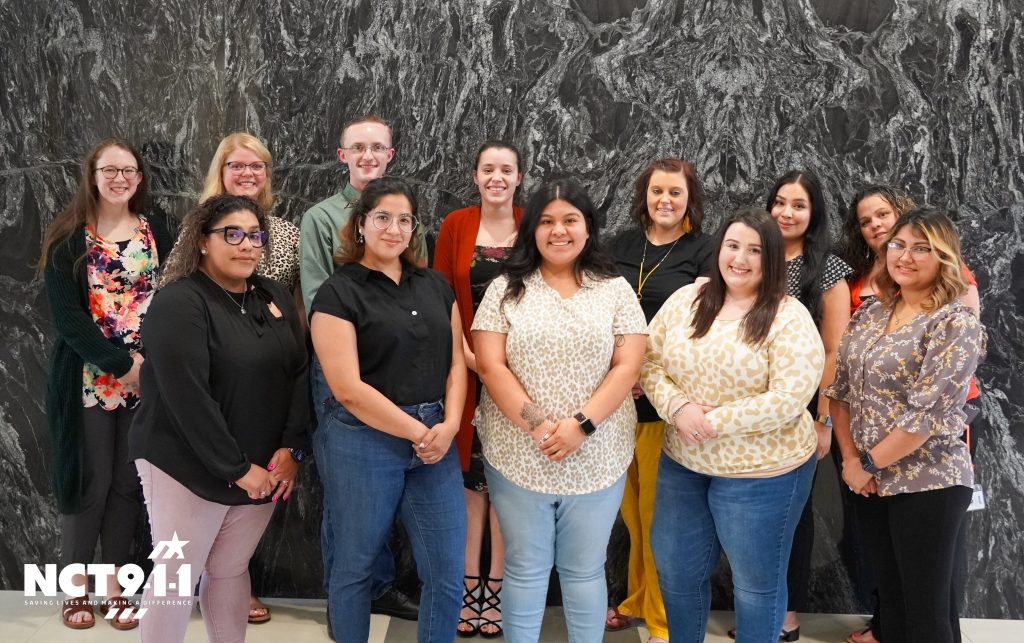Press Release: North Central Texas 9-1-1 Provides Hurricane Relief to Lafourche Parish Sheriff’s Office
ARLINGTON, Texas, September 2 – The North Central Texas Emergency Communications District (NCT9-1-1), which serves as the headquarters for the Texas Telecommunicator Emergency Response Taskforce (TERT) state program, deployed two 9-1-1 telecommunicators today to the Lafourche Parish Sheriff’s Office in Louisiana for 14 days. The relief comes after the devastating effects of Hurricane Ida strained the parish’s resources and caused catastrophic damage to the community, according to their Facebook page. The deployed TERT members are licensed 9-1-1 telecommunicators employed by the Bedford Police Department and NCT9-1-1.
TERT members will work onsite at the Public Safety Answering Point (PSAP) and assist with the duties of 9-1-1 call takers and radio dispatchers. This provides relief to Lafourche telecommunicators who will have the opportunity to visit and assess the damage to their homes, check in on loved ones, and mentally recover from hurricane response efforts. 9-1-1 telecommunicators often work around the clock during disasters, sometimes living at their PSAPs for multiple days, and TERT programs around the country are utilized to support these agencies.

“TERT is who 9-1-1 calls when 9-1-1 needs help,” said Texas TERT State Coordinator Jason Smith. “State programs exist all over the country to provide support due to wildfires, hurricanes, or other disasters. 9-1-1 is often the first piece of critical infrastructure brought back after an incident, and the stress 9-1-1 telecommunicators experience as the first point of contact in their community’s recovery is significant. TERT provides necessary support to an unseen part of disaster response.”
Texas TERT is part of the first deployment phase and is partnering with eight members of Florida TERT to provide a total of ten 9-1-1 telecommunicators to support the Lafourche Parish Sheriff’s Office. If a second phase is needed, TERT members from the Tennessee and Georgia state programs will be sent. Texas TERT was established in 2007 and has responded to disasters such as Hurricane Harvey, Ike, and assisted during Hurricane Isaac.
###
About the North Central Texas Emergency Communications District (NCT9-1-1)
The North Central Texas Emergency Communications District (NCT9-1-1) is responsible for 40 plus Public Safety Answering Points (PSAPs) in the 13 counties surrounding the Dallas-Fort Worth Metroplex. The district supports these PSAPs through maintaining and upgrading 9-1-1 equipment, providing up-to-date mapping information, training 9-1-1 telecommunicators, educating the public on the proper use of 9-1-1, and monitoring PSAP functionality and compliances. NCT9-1-1 serves a population of 1.7 million and 10,000+ square miles.




